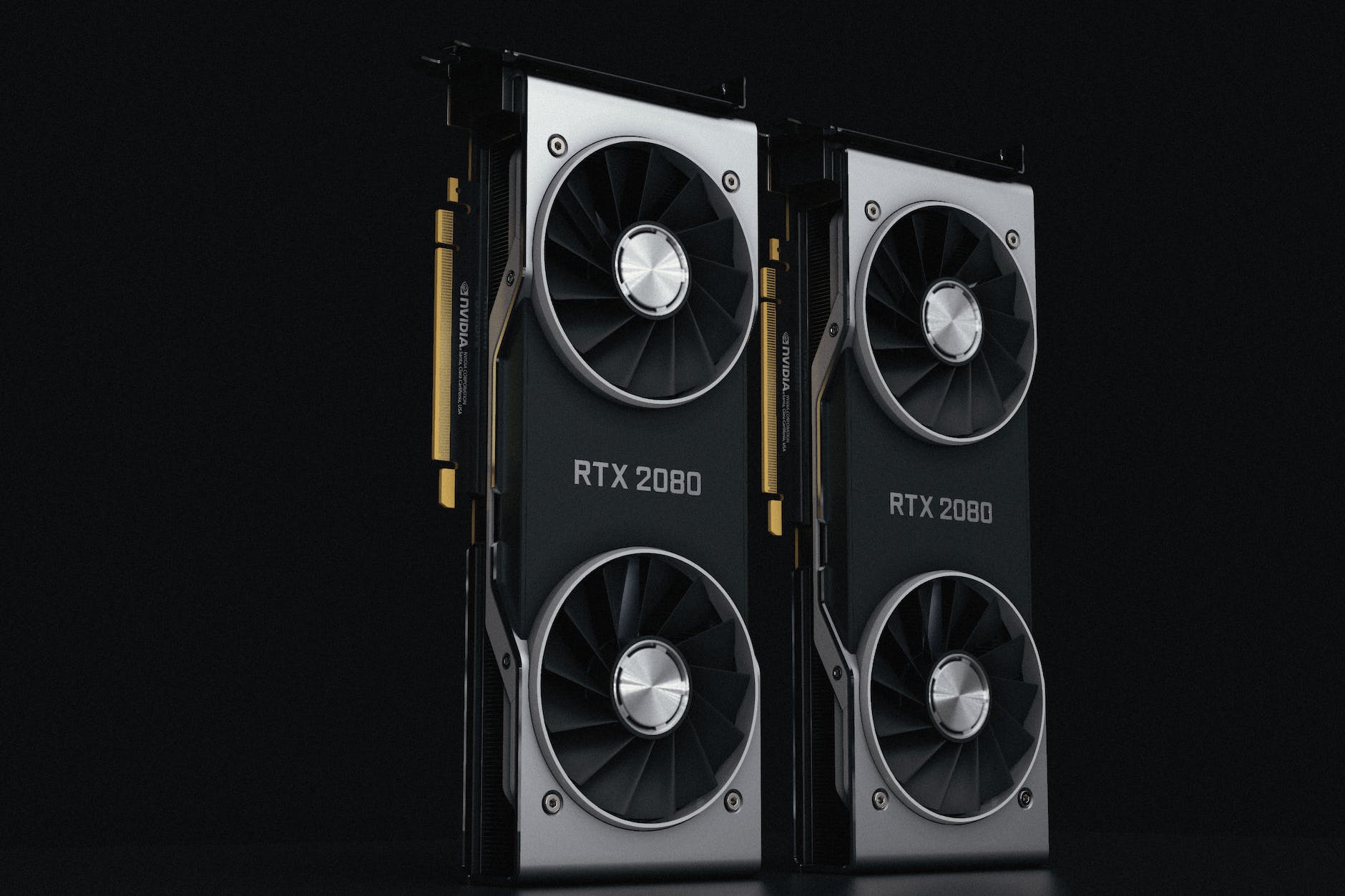Your cart is currently empty!

Graphics Cards: A Beginner’s Guide
In today’s fast-paced digital world, computers have become an integral part of our lives. Whether you use them for work, entertainment, or simply staying connected with loved ones, having a functional and reliable PC is essential. However, when something goes wrong with your computer, especially if you’re not tech-savvy, it can be a daunting experience. That’s where Lithgow Tech Services comes in, providing top-notch computer repairs, PC tune-ups, and support to residents in Lithgow and Katoomba, NSW. In this blog post, we’ll tackle one aspect of computer hardware that often confuses many users – graphics cards.
Understanding Graphics Cards
Graphics cards, also known as video cards or GPUs (Graphics Processing Units), are crucial components of modern computers, responsible for rendering images, videos, and animations on your screen. They play a significant role in your overall computing experience, especially if you enjoy gaming, video editing, or graphic design. Let’s explore the different kinds of graphics cards, shedding light on the confusing jargon and helping you make informed decisions when it comes to computer repairs or upgrades.
Integrated Graphics vs. Dedicated Graphics
Integrated Graphics: Many computers, especially laptops and budget desktops, come with integrated graphics. These are built-in GPUs integrated into the computer’s motherboard and share system memory. They are sufficient for everyday tasks like web browsing, email, and office applications. However, integrated graphics lack the power needed for graphics-intensive tasks like gaming or professional video editing.
Dedicated Graphics: On the other hand, dedicated graphics cards are separate components that you can add to your desktop PC or find pre-installed in some high-end laptops. These GPUs have their dedicated video memory (VRAM) and processing power, making them much more capable of handling demanding graphical tasks. If you’re a gamer or creative professional, a dedicated graphics card is essential for smooth performance.

Graphics Card Manufacturers
Graphics cards come in a variety of brands, with two major players dominating the market: NVIDIA and AMD.
NVIDIA: Known for their GeForce series, NVIDIA produces some of the most popular graphics cards among gamers. They are praised for their excellent performance, ray-tracing capabilities, and a wide range of models to fit different budgets.
AMD: AMD’s Radeon series provides a strong alternative to NVIDIA. They offer competitive performance and often come at a lower price point, making them an attractive option for budget-conscious users.
Graphics Card Models
Graphics cards are typically categorized into different series and models, each designed for specific use cases and performance levels. Here are some common terms you might encounter:
- Entry-Level Cards: These are budget-friendly options suitable for basic tasks and light gaming. Examples include NVIDIA’s GTX 1650 and AMD’s Radeon RX 550.
- Mid-Range Cards: Mid-range graphics cards strike a balance between performance and cost. They are ideal for most gamers and creative professionals. Look for options like NVIDIA’s RTX 3060 or AMD’s Radeon RX 6600.
- High-End Cards: If you’re a hardcore gamer or need top-tier performance for professional tasks, high-end graphics cards are for you. NVIDIA’s RTX 3080 and AMD’s Radeon RX 6900 XT are excellent choices.
Choosing the Right Graphics Card
Now that you have a basic understanding of graphics cards, how do you choose the right one for your needs? Here are some tips:
- Identify Your Needs: Determine what you primarily use your computer for. If it’s gaming, prioritize a graphics card with good gaming performance. For creative work, focus on GPUs with strong rendering capabilities.
- Consider Your Budget: Graphics cards come in various price ranges. Set a budget and find the best card that fits within it.
- Check Compatibility: Ensure your chosen graphics card is compatible with your computer’s motherboard and power supply. High-end cards may require more power and physical space.
- Read Reviews: Look for reviews and benchmarks online to see how a graphics card performs in real-world scenarios. This can help you make an informed decision.
- Ask for Professional Help: If you’re uncertain or uncomfortable with the process, consult with professionals like Lithgow Tech Services. They can assess your needs and provide recommendations tailored to your situation.
Conclusion
Graphics cards can be confusing, especially if you’re not tech-savvy, but they are a crucial part of your computer’s performance. Whether you’re seeking a computer repair or considering an upgrade, understanding the basics of graphics cards can empower you to make informed decisions. At Lithgow Tech Services, we’re here to assist you with all your computer repair and PC tune-up needs. Don’t hesitate to reach out to us in Lithgow or Katoomba, NSW, for expert assistance and guidance on choosing the right graphics card for your system. We’re committed to keeping your tech running smoothly so you can enjoy a seamless computing experience.